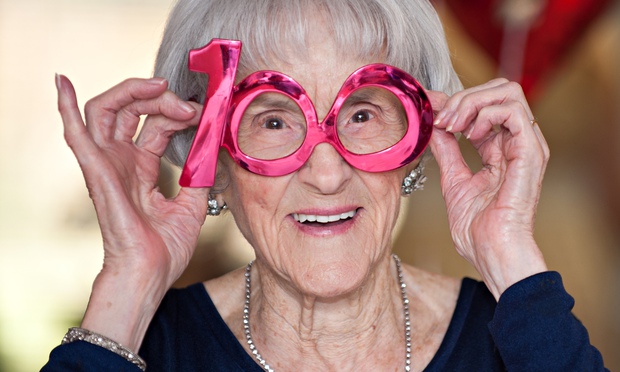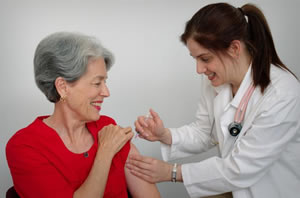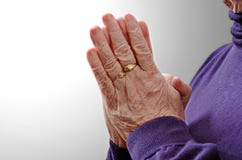Several studies over the past few years have shown that as we grow older, we benefit from thinking about higher things such as beauty, the meaning of life, the things that connect us, our place in the world—in short, the quality that is often referred to as “spirituality.”
In most cultures, the elders of the community are looked to as persons of wisdom and mature spirituality. The later years of life inspire many older adults to enhanced spiritual contemplation. Much of life’s work is done. Those past retirement age have already raised their families, been productive in society, given much to their communities. As we age, the reality and inevitability of the end of life grows more present. The pace of life can slow down, allowing for more time and leisure to reflect on life’s experience.
Wisdom, life experience, the movement towards completing life—all these combine to bring a rich spiritual possibility to our final decades. For most people, aging successfully will involve some attention to spiritual questions and spiritual life.
What Does It Mean to Nurture Your Spirit?
Spiritual reality is defined in very different words, depending on one’s religious or philosophical tradition. In all traditions, however, to pay attention to the realm of the spiritual is to pay attention to that which connects us. Spiritual reality connects us here in the world with other people, with creation, with the earth itself. Spiritual reality connects us to those who have gone before us and those who will come after. Spiritual questions are those that deal with the meaning of life, of death, of God, of the universe, of what holds us together and what pulls us apart. Nurturing our spirit means taking the time and effort to pay attention, to think, to begin articulating the meaning of what we have known. There are a variety of ways to do this, both within conventional religious communities and, for those who are not drawn to organized religion, outside of traditional religion institutions and concepts.
Spirituality and Religious Communities
If you are currently part of a religious community, use the resources your community offers to engage the spiritual questions that are important to you. If your worship tradition sustains you, then make a point of finding a way to attend worship regularly. If you have given up driving, most religious communities have volunteers who are pleased to give rides to other members. Many retirement communities provide transportation to places of worship; others provide worship opportunities within the facility. Even if it means calling a taxi, if religious observance is important to you, then make a point of going.
If you find yourself needing a more individual approach to spirituality than groups afford, make an appointment to see your religious leader. He or she may know of reading material that will be helpful to you, or may prescribe a spiritual discipline. Sometimes just one-on-one conversation is what you need to point you where you want to go.
Nontraditional Spirituality
Many people consider themselves to be spiritual, but not religious. For one reason or another, traditional religious communities do not meet their needs. That doesn’t mean they are without spiritual resources.
If the spiritual task of later life is coming to see life as whole, assessing the meaning and value of one’s own life, then there are a number of ways to approach this task outside of religious communities. Spirituality is a popular topic these days, and your local bookstore or public library will carry a variety of titles that approach spiritual reality from many perspectives. Look at the titles that interest you, read a few pages and select a few books to take home with you. Learn about groups of people that meet in your area to discuss the topics that are important to you. Some people find practices such as yoga and meditation to be meaningful and fulfilling. Spending time in nature, participating in the arts and in volunteer service are other ways to connect with the world and people around us.
A Word About Electronic Spirituality
Many older people who are homebound or who have not found a good fit in a religious community close to them find spiritual nurture through radio, television and Internet religious organizations. Television evangelists, religious talk shows and Internet chat rooms that focus on spirituality provide spiritual nurture and comfort for thousands of older adults.
Many of these organizations are legitimate religious and spiritual communities. They provide a valuable service to those who watch, listen and log on. However, a word of caution is in order. There are some so-called religious organizations that prey on vulnerable individuals, promising them spiritual benefit, but bombarding them with increasingly urgent pleas for money. It’s important to be cautious before you send any money to such an organization. If you feel that a loved one is being victimized by such an organization, you may need to step in. You can often find information online about a particular televangelist or faith group.
Taking care of ourselves spiritually can help us approach life more positively and build a resilience that can help us through many of life’s difficulties. Paying attention to our spiritual selves and our own unique spiritual needs helps us live life to the best we can, throughout every stage of life.






